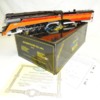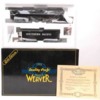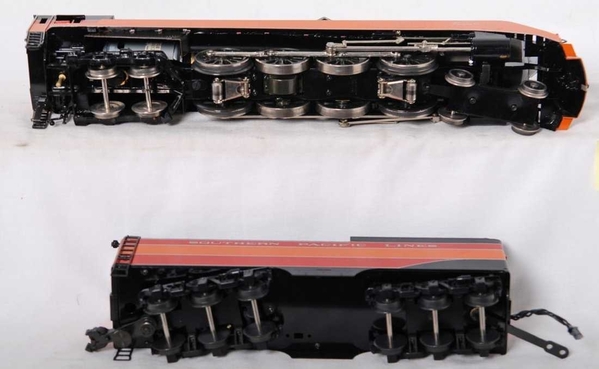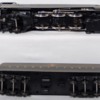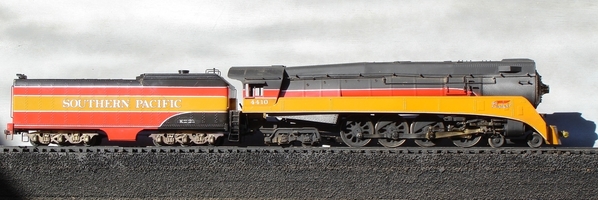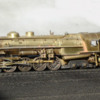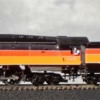Regarding absence of a boiler weight mentioned by Christopher N & W, I was fortunate. The cylindrical lead “block” of a leftover organ Trumpet pipe was the ideal shape, weight, and size for the Williams GS-4 boiler. My engine thus became an excellent puller. In a phone conversation shortly after, Andy Edelmann (then with Jerome Williams), shared that the weight was intentionally omitted. Their concern was that the GS-4 (their first experience with a larger brass loco for three rail), might be too top heavy with a large enough weight over the drivers. The engine might suffer after a number of children’s high speed curve roll outs on their dad’s typical tubular rail carpet layout. I assured him my engine behaved quite well with the large weight.
The GS-4 had a quieter drive train because of a motor mount featuring minimal contact with the chassis, perhaps to dampen transfer of any motor vibration sound to the body. The motor sort of floated, yet again, a design concern in the case of too many roll overs. The N & W J of 1990 (weight included by Samhongsa) had a rigid motor mount, and yes, mine has a bit of a hum in the drive train.
